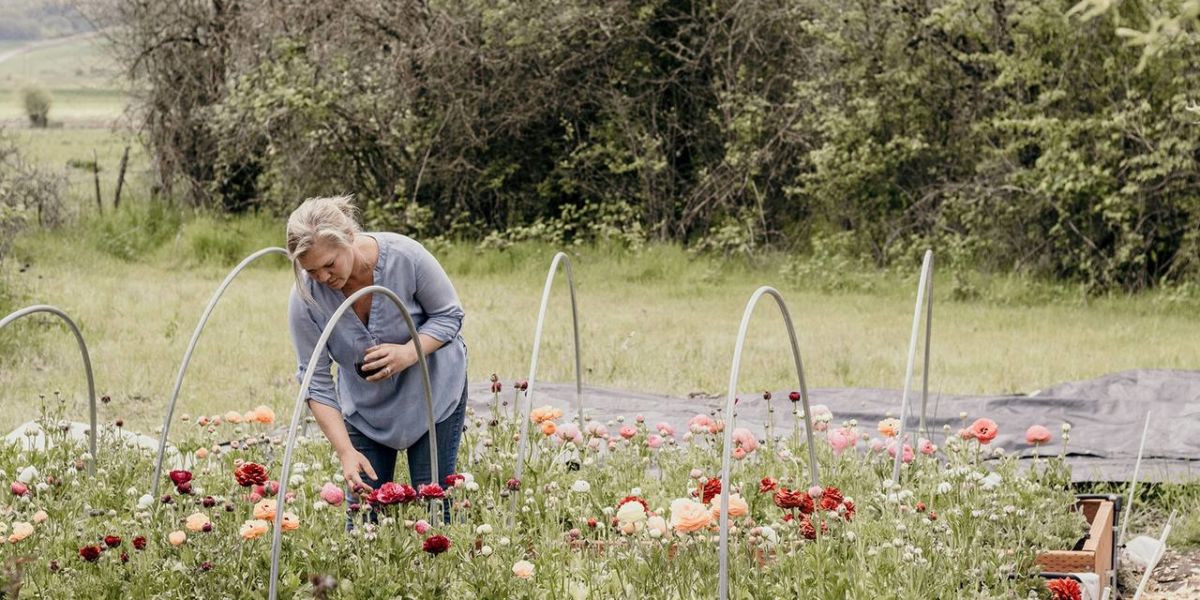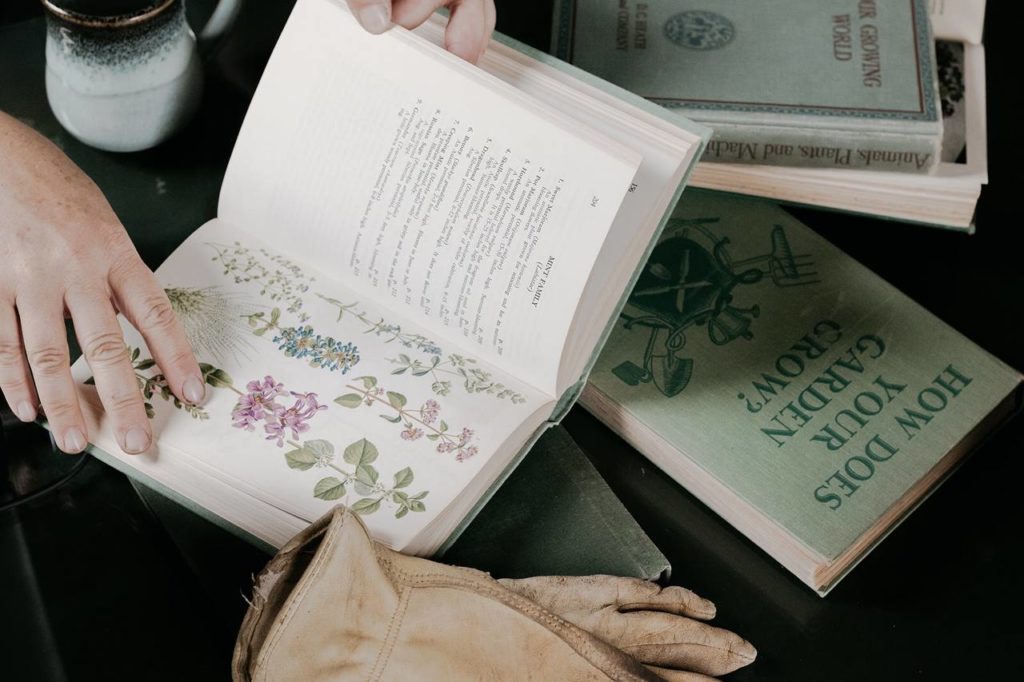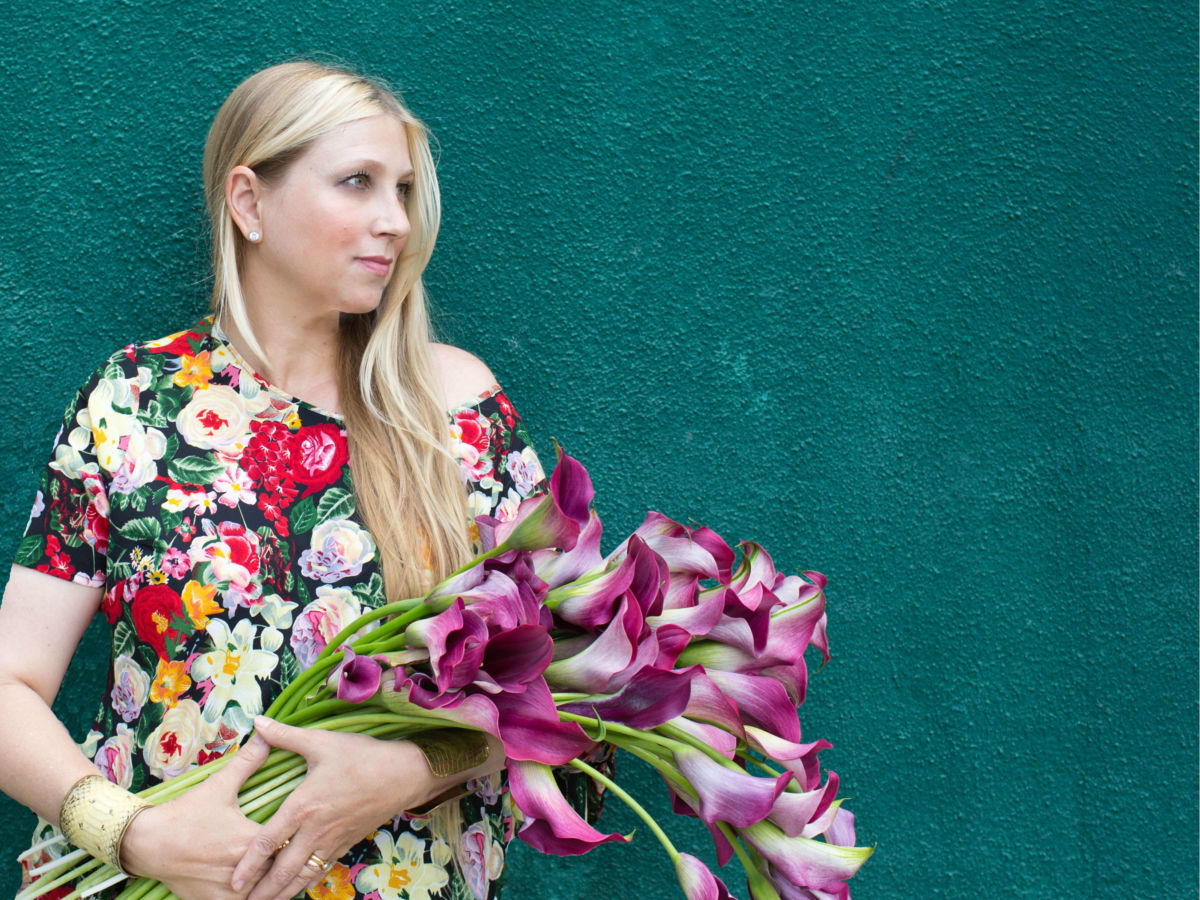
Want Spring Bulbs for Fall? Pick a Color Palette First
When trying to pick spring bulbs, look to your living space for inspiration.

Courtesy of Beth Sypher/Crowley House Flower Farm
Tell me if this rings a bell: Labor Day is in sight, and you want to plant some spring bulbs in the fall. So, you click on your favorite bulb purveyor’s website and are hit in the kisser with a riot of color—easter-egg-yellow narcissus, Legally Blonde-pink lilies, electric-blue irises and lipstick-red tulips that look like they flew off Angelina Jolie’s lips and into a flower bed. Dazzled, you start adding to cart. Purple? Why not? Blue? Love you. Yellow? Hello! But the next thing you know, spring arrives and your flower bed looks like an erupted bag of Skittles.
Here’s a new way to stop the Skittle: Before you buy, create a color palette by matching potential flower bulbs to the colors in your living room. Now, this may sound a little odd, but think about it: You probably chose your interior colors to fit the way you want to live. Maybe you’re drawn to calm terracottas, dusty pinks, and creamy neutrals. Or perhaps your style is more traditional (AKA grandmillennial), and you love the crisp whites and royal blues of a porcelain ginger jar. If you love jewel tones, then you’ve got those gem-like purples, pinks, and yellows. If you’re a Justina Blakeney Jungalow fan, you may have decorated in green, salmon pink, and tumeric. The point is, think of the rooms in your home that feel right and lovely to you and there you have it—a spring bulb palette that will reflect your personal style both outside your house, and inside when you make cut-flower bouquets.

Crowley House Flower Farm/Courtesy of Emma Dixon
Of course, this is easier said than done. “It is hard to resist the tempting, glossy, color-saturated pages of the spring catalogs that litter my mailbox this time of year. I want it all!” admits Beth Syphers from Crowley House Flower Farm in Rickreall, Oregon. Her fix is to decide on a palette before she shops, and she’ll even go so far as bringing Sherman Willams paint swatches with her to the nursery.

Crowley House Flower Farm/Photo Courtesy of Emma Dixon
Ariana Lambert Smeraldo, the owner of the flower shop Lily Lodge in West Hollywood, also recommends thinking about how your palette will look inside rather than outside. “I have friends who, when planting a cutting garden, think they want a little bit of everything. I say, ‘No. Do what’s gonna look good in your house! Not what colors you like to put on your body. Not the colors you like to dress in,'” she says. Instead, she continues, choose the colors you want to live in.

Photo courtesy of Lily Lodge

Photo courtesy of Molly DeCoudreaux Photography
“A great rule of thumb is to plant a few shades of the same color, in addition to a few ‘neutral’ or ‘blending’ tones,” says Lennie Larkin of B-side Farm in Sebastopol, California, where she farms and arranges flowers while teaching flower-growing classes. “Alliums come in a range of purple shades and they all look fabulous together, almost like an ombre in the garden fading from dark to light,” she says. “Narcissus varieties run the gamut of soft to bright orange, and lilies contain a great range of pinks.”
For neutral tones, Larkin also thinks outside of bulbs and picks low-maintenance perennials that bloom around the same time, like cottage yarrow or shade-loving astilbe. “I always love to remind gardeners—and new floral designers—that there’s no need to span the rainbow of color, just stick to one main color and take it from there,” she says.
Smeraldo emphasizes that while every flower has its purpose, including the bright ones, she does suggest Calla lilies (“You can use the leaves in an arrangement, too”), hellebores, anemones (“You can’t go wrong with the ones with a black center”), Weber’s Parrot tulips, and “big, blush-y” Cloni Success Hanoi ranunculus.
Meanwhile, for a calm, blue garden Syphers says, “I’d start with layers and shades of blues, work in some shades of lavender, purples, and then add my textures in muted or golden tones of grass, and foliage plants and go from there.” But, she adds, if you’re still learning, don’t be afraid to keep it simple.
No matter what, when buying bulbs, stick to the plan. Says Syphers, “You have to refuse to impulse buy out of love for a clashing colored plant.”

Crawley House Flower Farms/Photo courtesy of Emma Dixon
